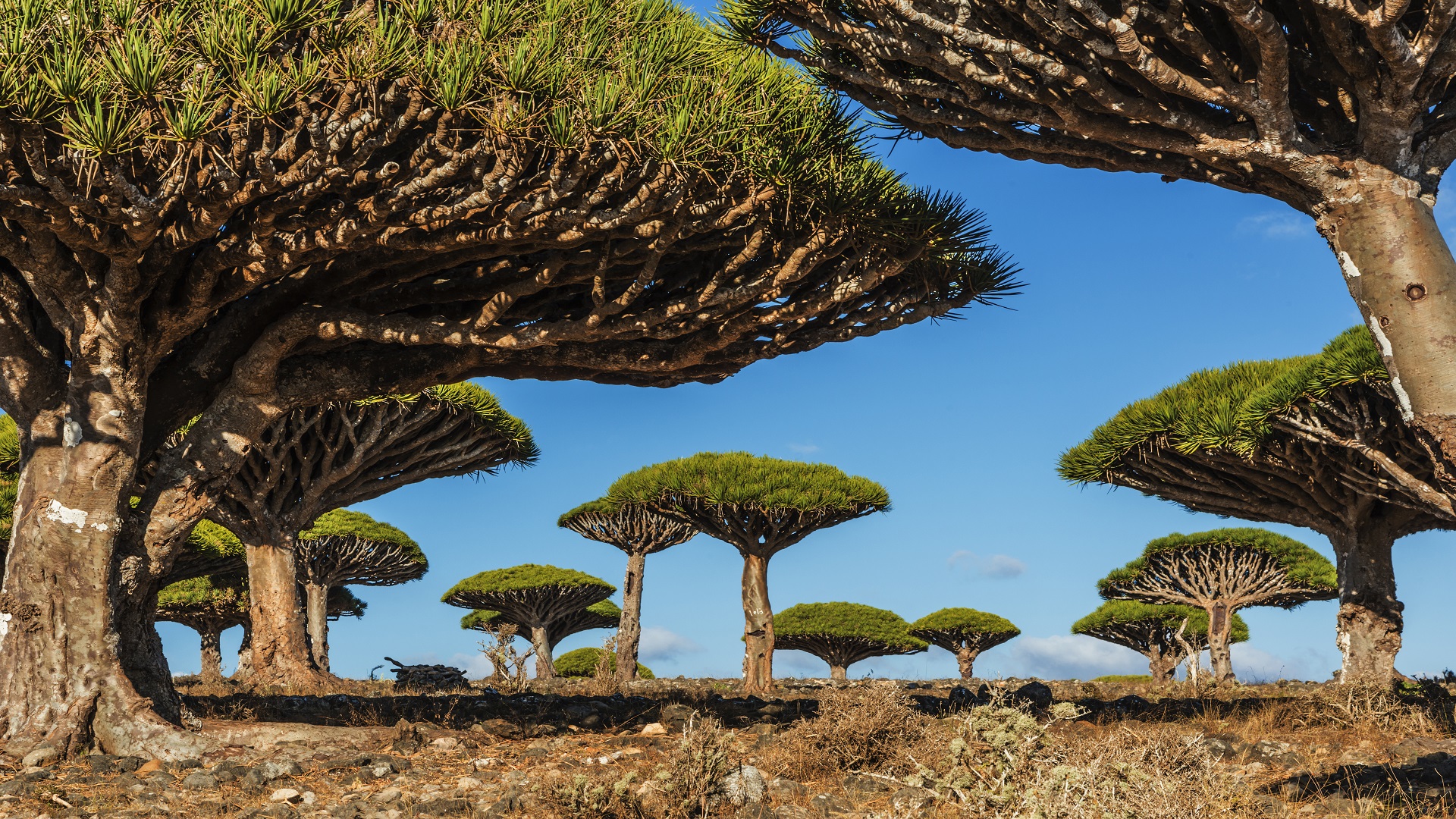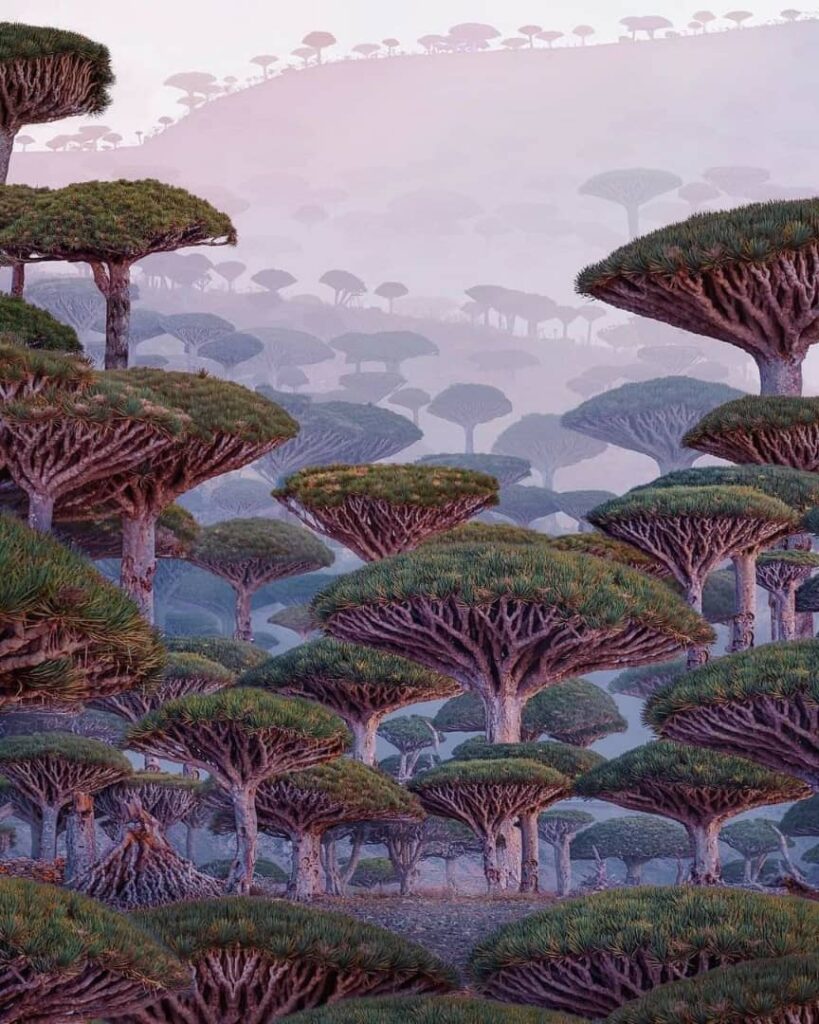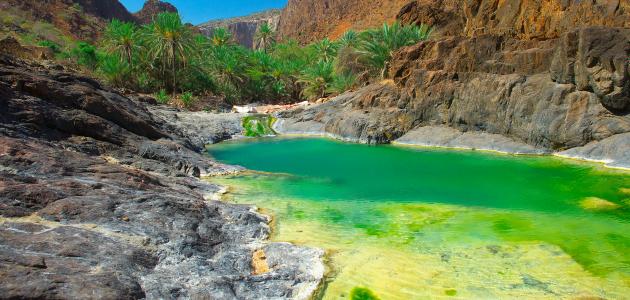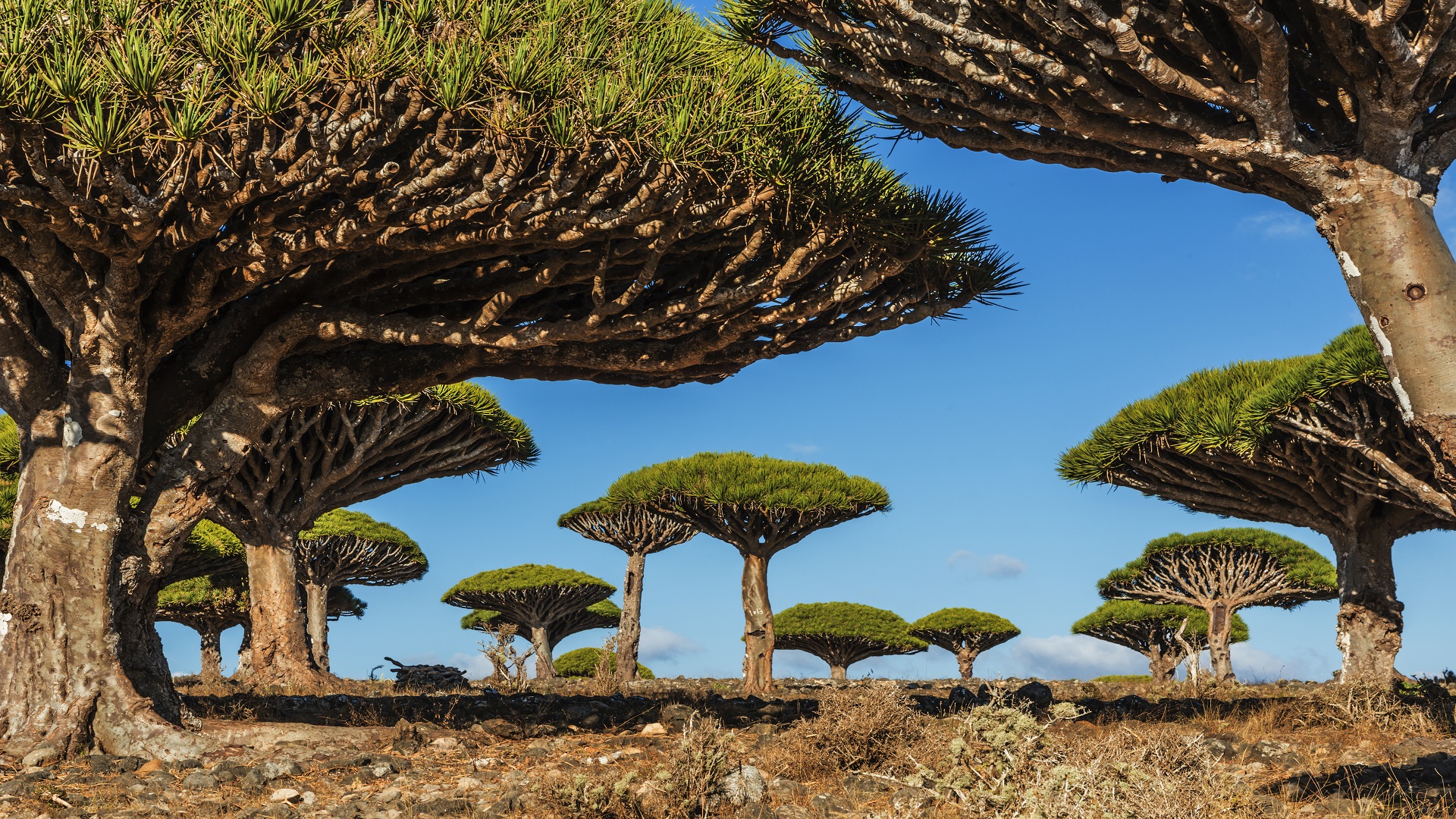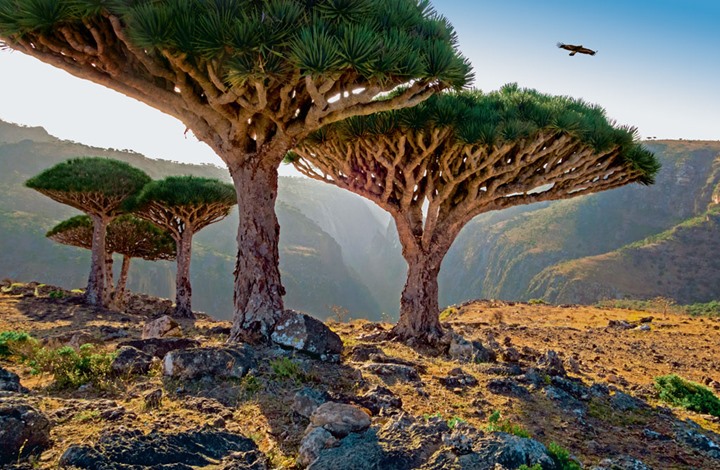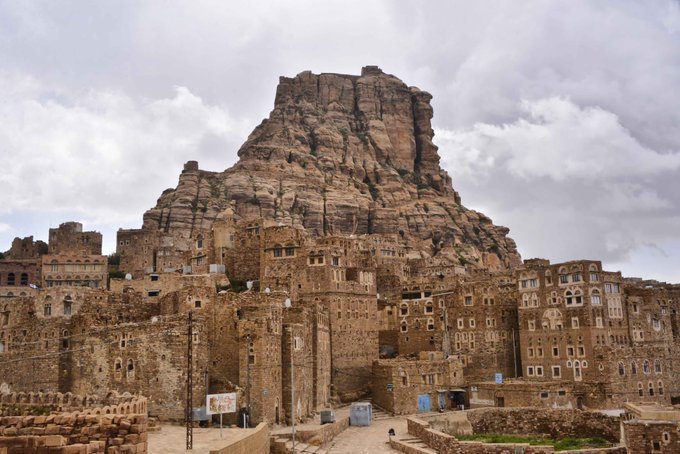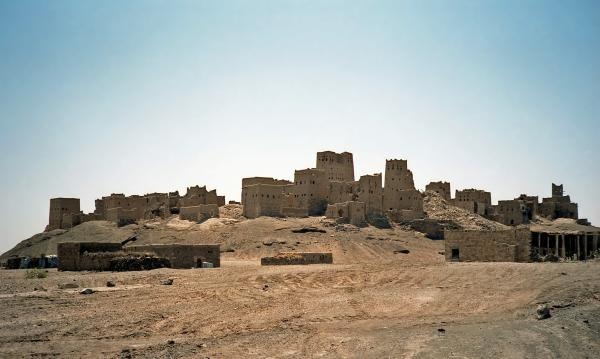Name of Archaeological Site: Socotra Archipelago
Location: The archipelago is located on the southern coast of the Republic of Yemen, towards the southeast of the Gulf of Aden, where the Indian Ocean meets the Arabian Sea, with an area of 250 km.
Components: It includes four islands, including two inhabited islands (Abd Al-Kuri and Samha, in the Socotra language), and two small rocky islands. The residents speak the Socotrian language, which is one of the modern Southern Arabic languages, which UNESCO has placed on the World Heritage List.
Socotra Island, a Yemeni nature reserve, is considered one of the most beautiful natural places in the world. It is one of the first locations inhabited by the first Yemeni man, who domesticated its animals and environment. It was an extension of successive civilizations, and archaeological inscriptions were written in Musnad script. It is gaining global importance due to its exceptional natural environment, and its uniqueness in the presence of endemic flora and fauna, as well as animal and plant species from other natural reserves around the world.
Endemic species on the islands are made up of 73% plant species, and 9% of reptiles. In addition, 59% of the species of wild snails found in Socotra are not found anywhere else in the world. Socotra harbors important species of birds at the global level including 291 species, 44 of which breed on the islands, while 58 of them migrate regularly, including endangered species. Socotra’s marine environment contains 352 species of reefs-building corals, 730 species of coastal fish, and 300 species of crabs, lobsters, and shrimps.
Caves
On the island of Socotra, there are 52 caves, the largest of which is the Jinaiba Shabah cave, which is in Daxam reserve and extends about 7 km. Houq Cave, which is located in Daxam Reserve and extends about 3 km, includes inscriptions in the Musnad script. It also contains archaeological sites classified as prehistoric and ancient Yemeni civilizations.
Natural environment
Its natural environment is diverse between mountains, valleys, and impressive coastal beaches, suitable for swimming and exploration, and it has a rainy climate in summer, which makes the waters of its valleys run throughout the year.
